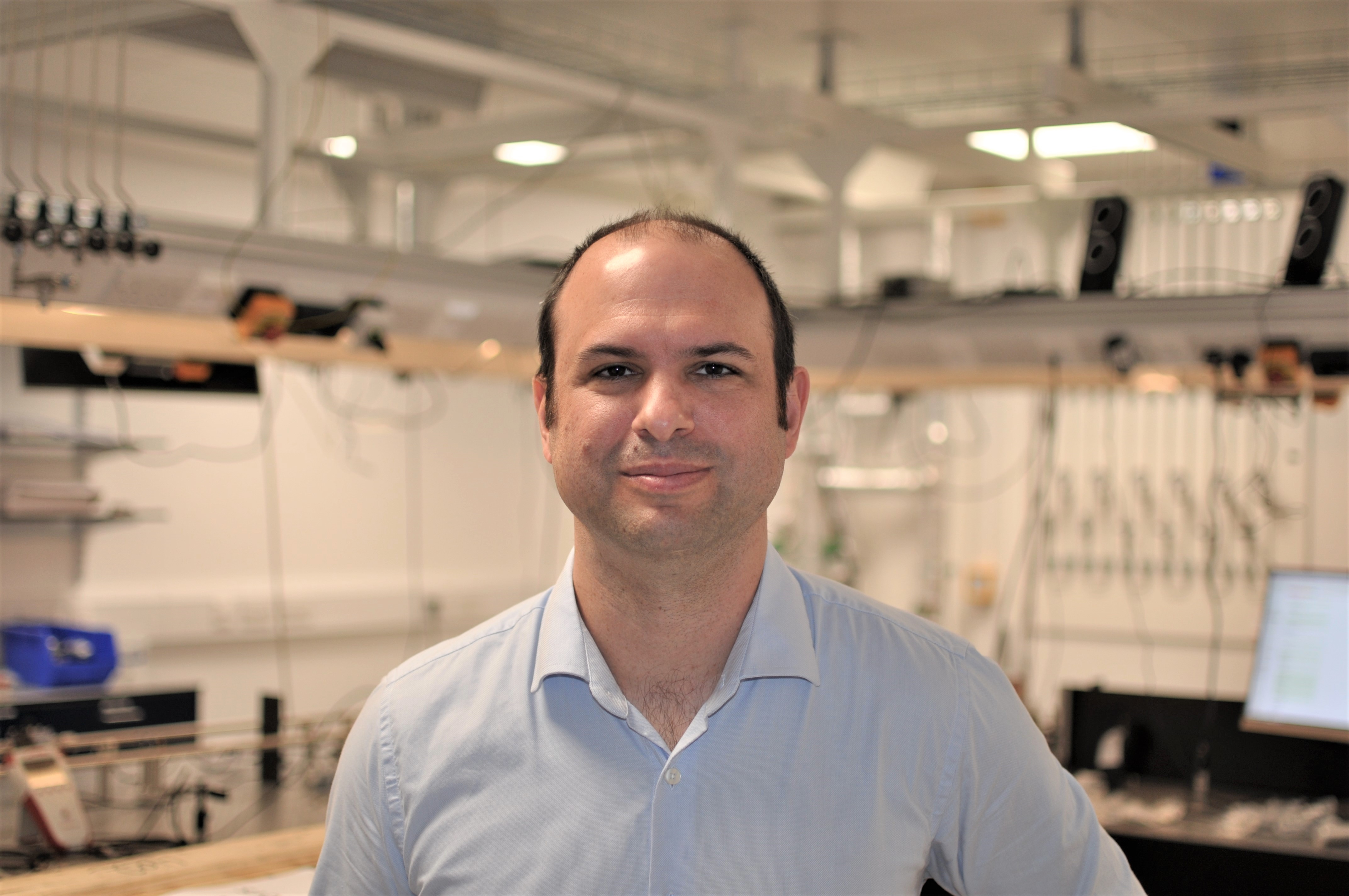Pioneering Scottish laser research secures long-term cash boost
A scientist from Heriot-Watt University has secured a decade-long investment to develop new ultrafast laser technologies.
Professor John C Travers has been awarded £2.5m for his research after becoming one of four academics to receive a Royal Academy of Engineering Chair in Emerging Technologies.
Funded by the UK Department for Business, Energy and Industrial Strategy, the economic injection will underpin Traver's team’s research over the next ten years.
The project will focus on developing ultrafast, bright ultraviolet X-ray and electron beams. Both are forms of radiation – energy that travels through space at, or close to, the speed of light.
A total of 14 labs across the world are already use an earlier version of the system, including healthcare and semiconductor settings. This funding is intended to "radically extend this technology,” Travers said.
It is claimed the research could create X-rays that image nature with unprecedented detail and speed and help the development of microscopic mechanical devices.
 Professor John Travers | Heriot-Watt University
Professor John Travers | Heriot-Watt University
The team will use light waves from the Union Canal next to the university’s Edinburgh campus to create ultrafast optical pulses that are a million billionth of a second in duration – a measurement known as an attosecond. It is hoped that this will have transformational applications in sectors ranging from manufacturing to drug discovery.
If successful, the system will be a first-of-its-kind in attosecond science. Last year, the Nobel Prize in Physics was awarded for a breakthrough in attosecond science that enabled things to be measured over extremely fine timescales. However, until now, it has not been possible to simultaneously measure things at extremely small spatial scales, Travers explained.
“If we can create these extremely short pulses of X-ray or electron beams, it means we can image, probe and control matter on the smallest possible spatial scale – on a tiny, microscopic scale – and also on the fastest possible timescale – simultaneously,” he said.
“This can lead to advances like new materials, new drug discovery and more powerful computer chips – which underpin everything we do, from our mobile phones to artificial intelligence.
“It will also mean materials can be processed to produce much smaller structures, so you'll be able to manufacture micro machines or microscopic mechanical devices with great precision.”
Unlike current “building-sized” machines being used to generate ultraviolet and X-ray light sources, the new system is “tabletop” sized, Travers added.
The cash injection will also help the team to recruit staff “at the assistant professor level” and build a centre of excellence in this field, in which Heriot-Watt University already holds a “first mover” advantage, Travers said.
Holyrood Newsletters
Holyrood provides comprehensive coverage of Scottish politics, offering award-winning reporting and analysis: Subscribe